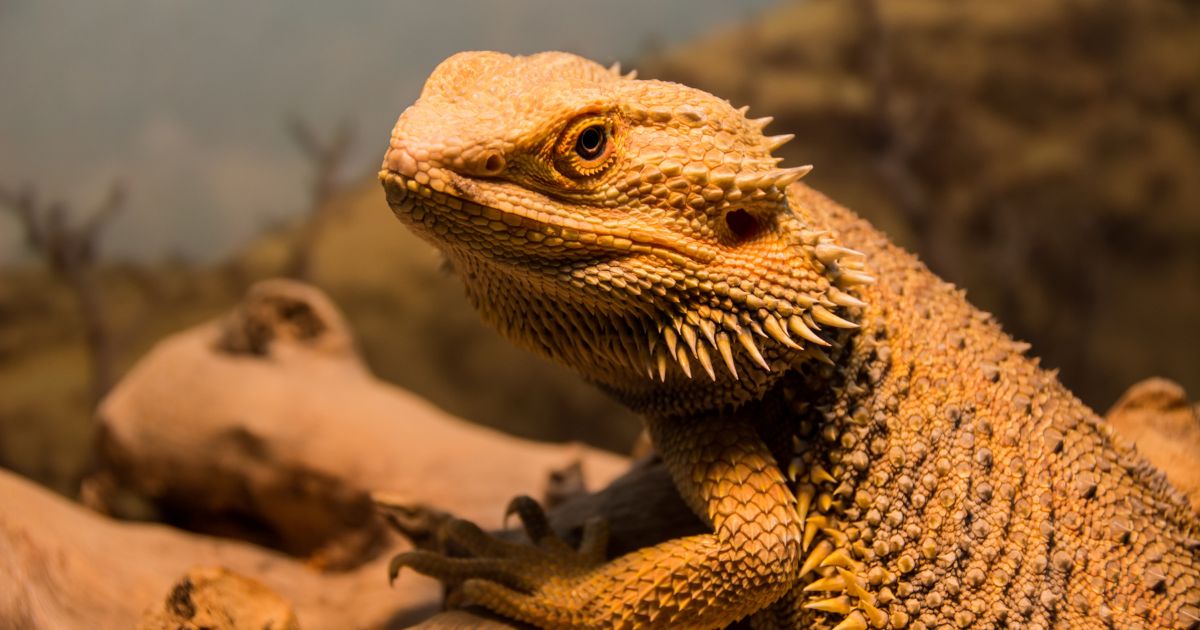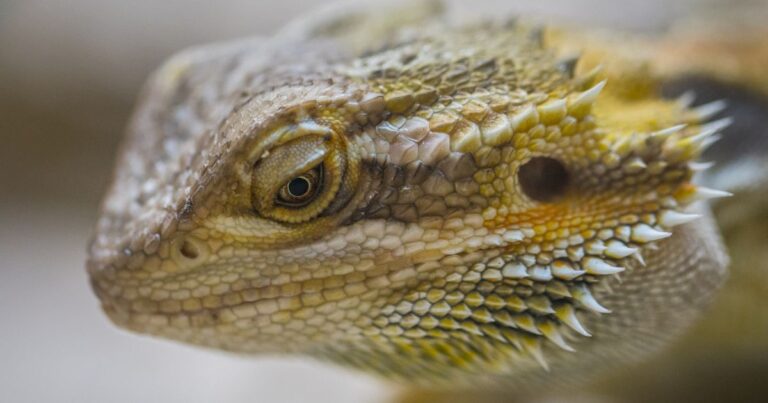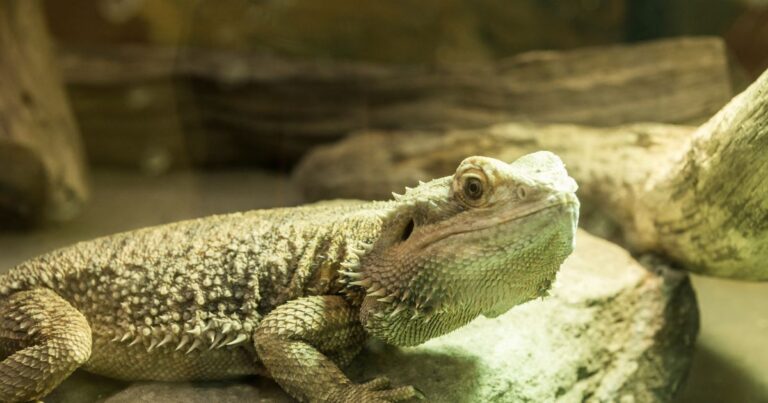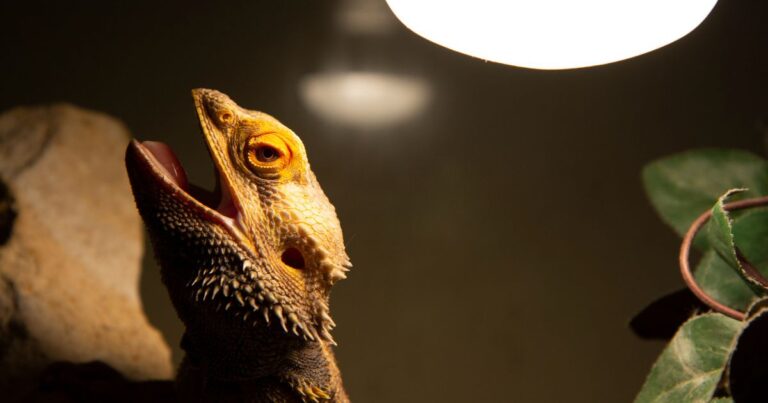Types of Bearded Dragons: Bearded Dragon Species and Color Morphs
Table of Contents
Introduction
Bearded dragons are some of the coolest reptiles around, don’t you think? They’re like little dinosaurs that you can keep in your home. But did you know there are different types of bearded dragons? That’s right! They come in different shapes, sizes, and even colors. Let’s explore these amazing creatures together!
Central Bearded Dragon
The Central Bearded Dragon is probably the one you’re most familiar with. They’re the most common type of bearded dragon and are known for their friendly and calm nature. They have a broad, triangular head and a stout body covered with spiky scales, which kind of look like a beard – hence the name! You can find more in my post on Central Bearded Dragons: Central Bearded Dragon: A Fascinating Journey into Their World
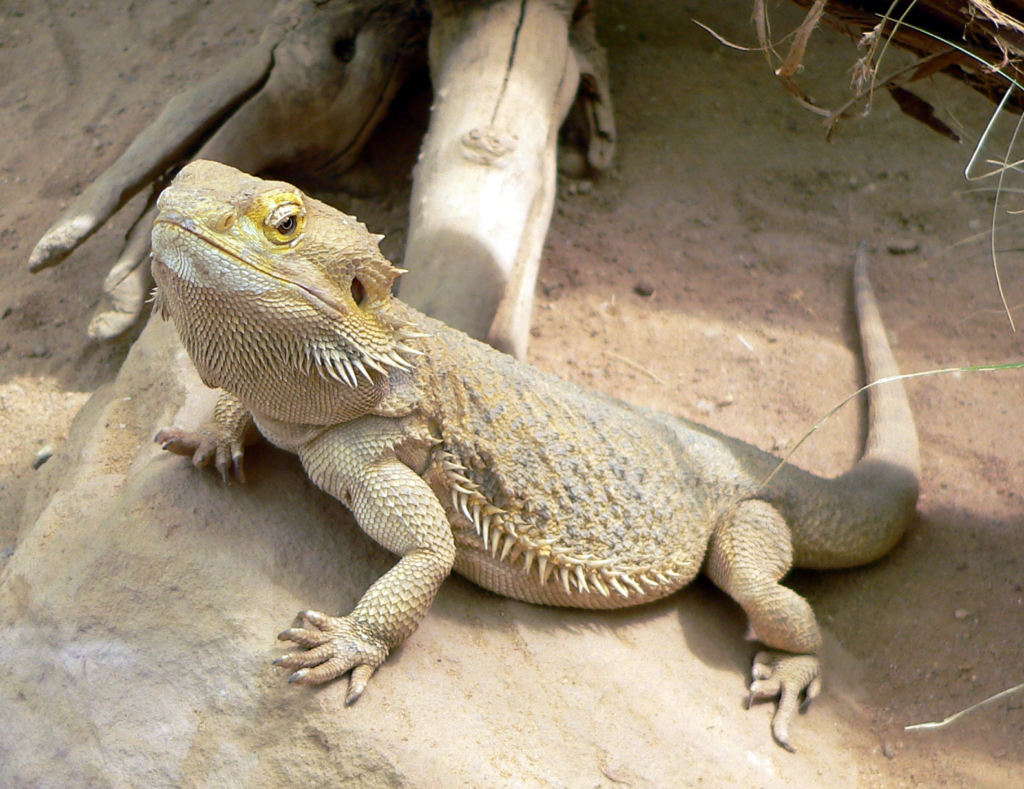
Central Bearded Dragons are native to the arid regions of Australia. They’re pretty big for a pet reptile, growing up to 24 inches long. They come in a variety of colors, from light tan to dark brown, and can even change their color based on their mood or temperature.
Eastern Bearded Dragon
Next up is the Eastern Bearded Dragon. They’re similar to the Central Bearded Dragon but are usually a bit smaller and darker in color. They’re also known for their spiky “beard” and have a more elongated body.
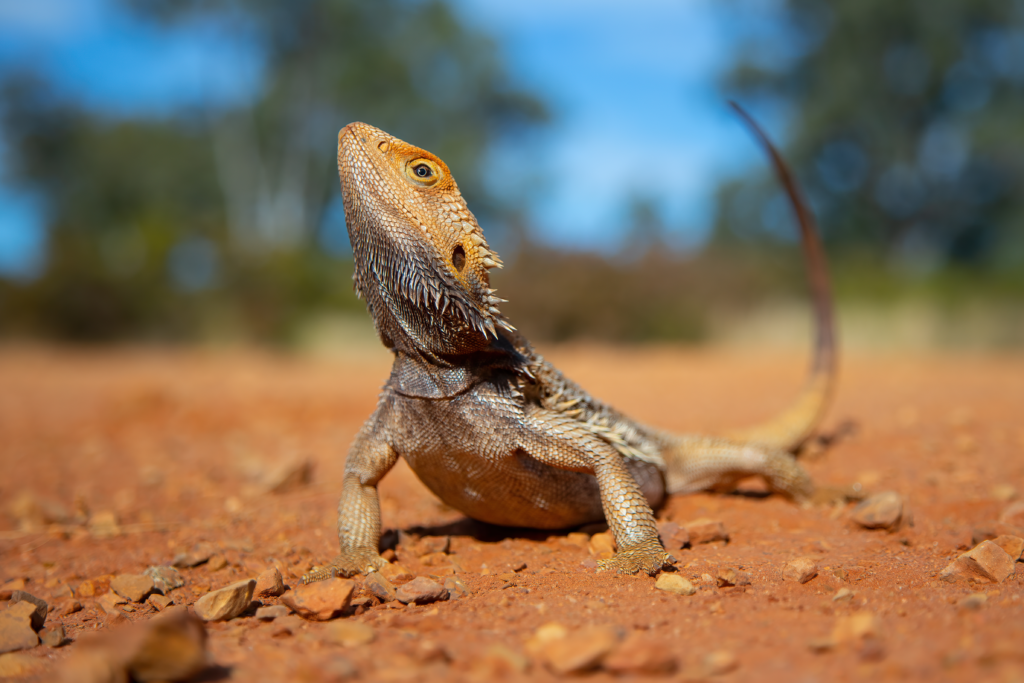
Eastern Bearded Dragons are found in the woodlands and forests of Eastern Australia. They’re excellent climbers and spend a lot of their time in trees. They’re also a bit more shy than their Central counterparts, but they’re still very friendly and make great pets.
Dwarf Bearded Dragon
The Dwarf Bearded Dragon is the smallest of the bunch. They only grow up to 10 inches long, making them perfect for those who want a bearded dragon but are short on space. Despite their small size, they’re full of personality and are known for their active and curious nature.
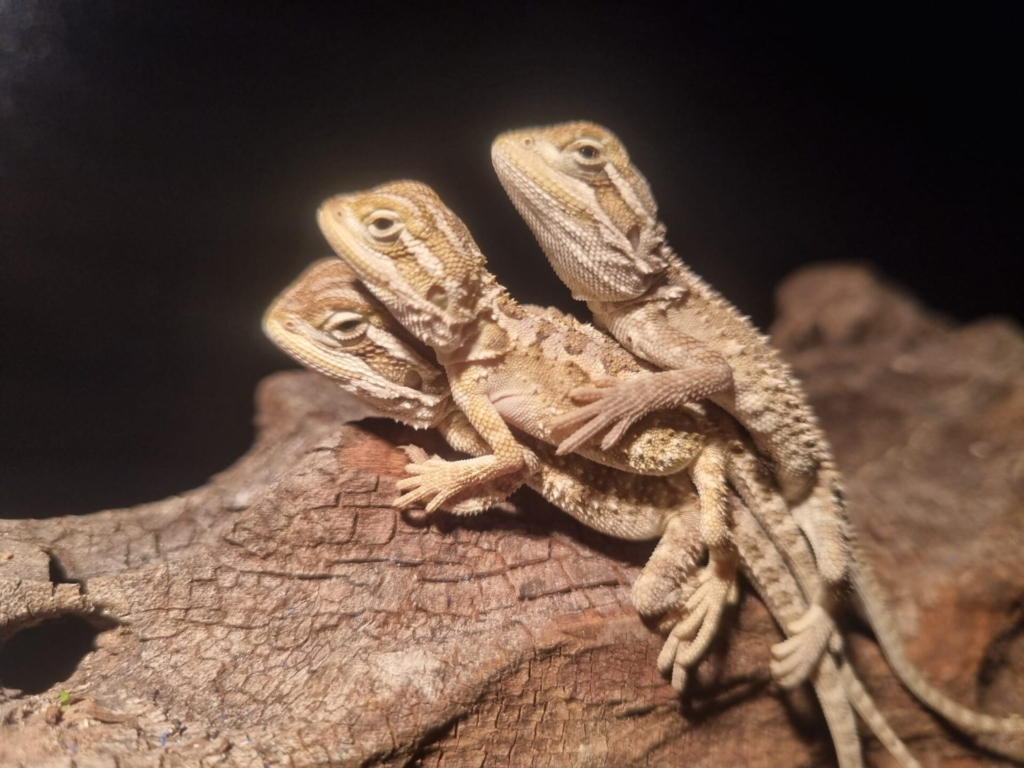
Dwarf Bearded Dragons are native to the deserts of Central Australia. They have a lighter coloration, usually a sandy or golden color, which helps them blend in with their desert surroundings. They’re also known for their distinctive, rounded snout.
Western Bearded Dragon
The Western Bearded Dragon is another type that’s native to Australia. They’re similar in size to the Central Bearded Dragon but have a more slender body and a longer tail. They’re also known for their striking patterns and colors, which can range from bright orange to deep red.
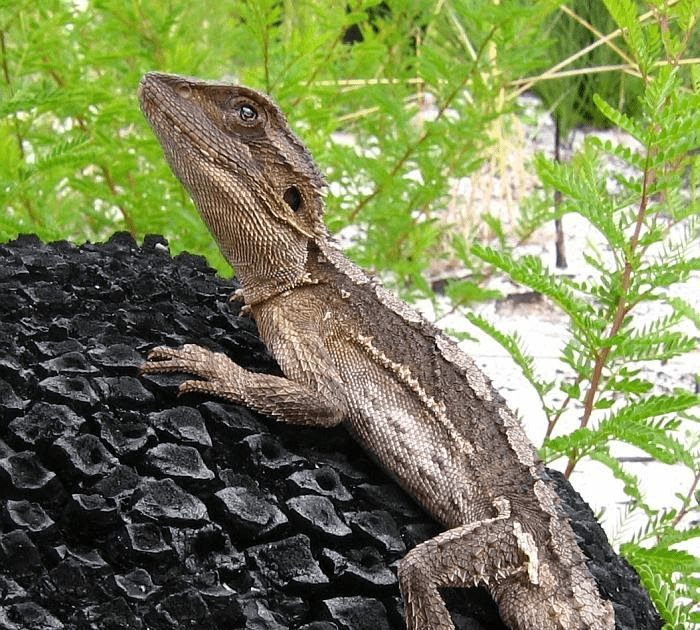
Western Bearded Dragons are found in the arid regions of Western Australia. They’re excellent burrowers and spend a lot of their time underground to escape the heat. They’re a bit more shy and reserved than other types of bearded dragons, but with patience and gentle handling, they can become very friendly pets.
Red Bearded Dragon
Now, let’s talk about color morphs. The Red Bearded Dragon isn’t a different species, but a color variation of the Central Bearded Dragon. As you can guess, they’re known for their beautiful, vibrant red color. This can range from a light orange-red to a deep, fiery red.
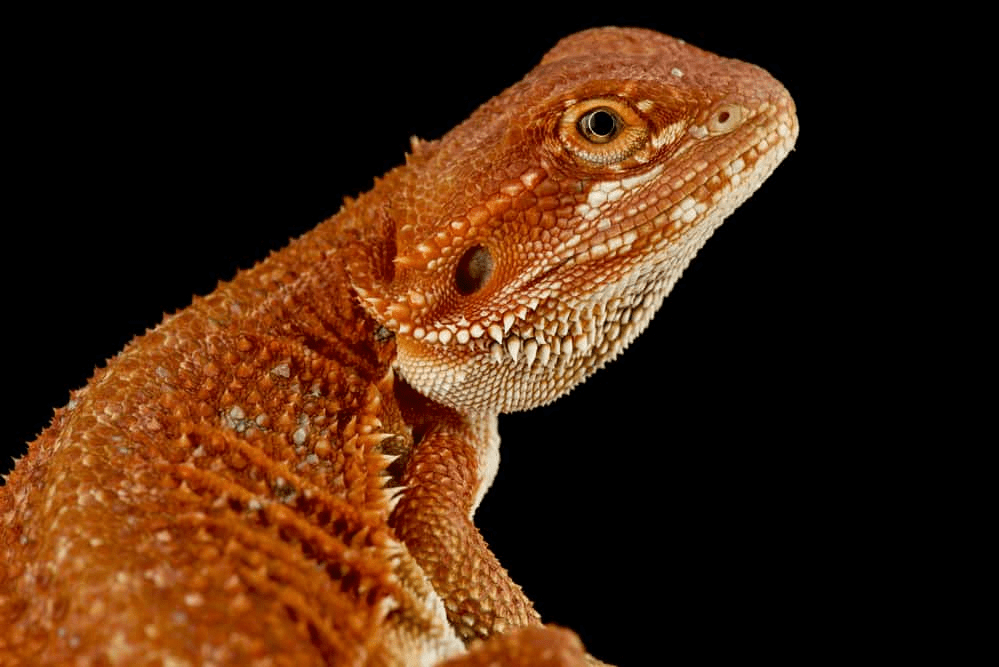
Red Bearded Dragons are bred for their color, and each one is unique. Some may have red all over their body, while others may only have red on certain parts, like their beard or their back. They’re absolutely stunning and are a favorite among bearded dragon enthusiasts.
Blue Bearded Dragon
Last but not least, we have the Blue Bearded Dragon. Now, don’t get too excited – they’re not actually blue! They’re usually a light tan or gray color, but they have a unique trait that makes them special. They have blue bars on their backs, which can give them a bluish tint when seen from certain angles or under certain lighting. It’s a subtle effect, but it’s really cool!
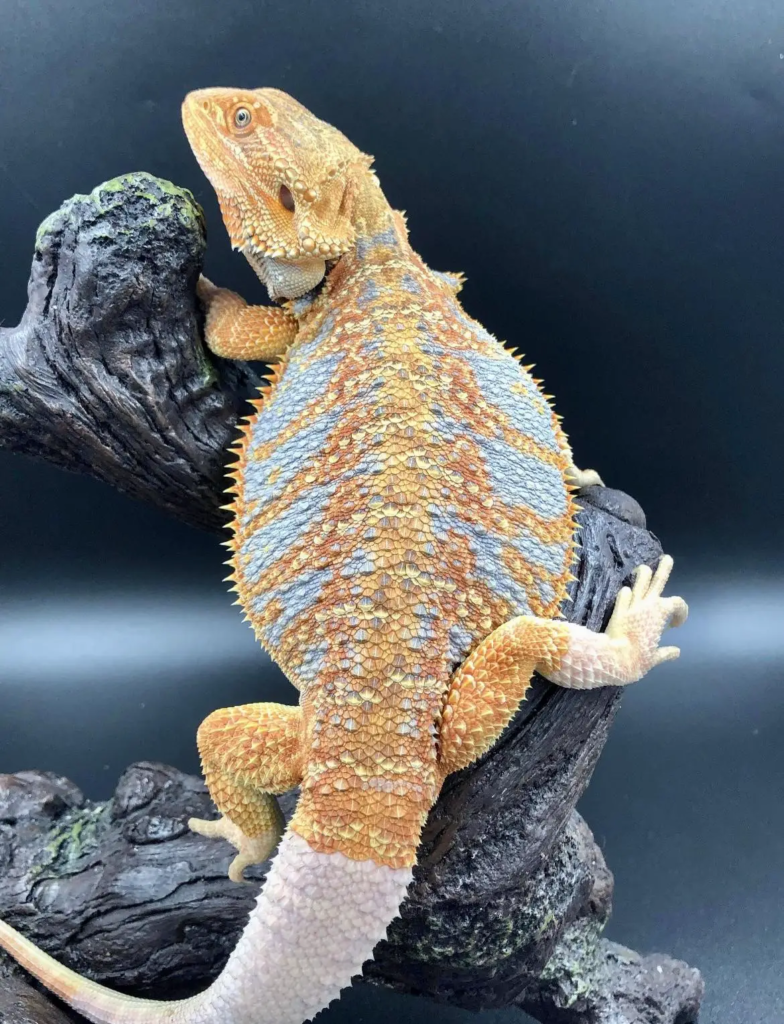
Blue Bearded Dragons are also a color morph of the Central Bearded Dragon. They’re bred for their unique coloration and are quite rare. If you ever get the chance to see one in person, consider yourself lucky!
Conclusion
And there you have it! Those are some of the different types of bearded dragons. Isn’t it amazing how diverse they are? From the large and friendly Central Bearded Dragon to the small and curious Dwarf Bearded Dragon, and from the vibrant Red Bearded Dragon to the subtly cool Blue Bearded Dragon, there’s a bearded dragon for everyone. I hope you enjoyed learning about these fascinating creatures as much as I did!
Frequently Asked Questions
What are the different types of bearded dragons?
There are several types of bearded dragons, including the Central Bearded Dragon, Eastern Bearded Dragon, Dwarf Bearded Dragon, and Western Bearded Dragon. There are also color morphs like the Red Bearded Dragon and Blue Bearded Dragon.
What is unique about the Central Bearded Dragon?
The Central Bearded Dragon is the most common type of bearded dragon kept as a pet. They are known for their ability to change color during rivalry challenges between males, and in response to temperature change and other environmental factors.
How does the Eastern Bearded Dragon differ from other types of bearded dragons?
The Eastern Bearded Dragon is usually darker in color compared to other types of bearded dragons. They are known for their ability to climb trees and they have a more spiky appearance with a larger “beard”.
What is a Dwarf Bearded Dragon?
Dwarf Bearded Dragons are smaller in size compared to other types of bearded dragons, hence their name. They are known for their friendly and calm nature, making them great pets.
Can you tell me more about the Western Bearded Dragon?
The Western Bearded Dragon is a type of bearded dragon that is less common as a pet. They are known for their unique patterns and colors, and they have a more slender body compared to other types of bearded dragons.
What is a Red Bearded Dragon?
Red Bearded Dragons are a color morph of the Central Bearded Dragon. They are bred for their unique red color, which can range from a bright fiery red to a darker, rusty red.
Are there really Blue Bearded Dragons?
Blue Bearded Dragons are not truly blue. The term “blue” refers to a specific genetic trait known as “Axanthic”, which reduces the yellow pigment in the dragon’s scales, giving them a bluish or greyish appearance.
This post is part of my Bearded Dragon Facts series. Go and check it out.
Also check out: Journey Down Under: The Australian Roots of Bearded Dragons and Are Bearded Dragons Nocturnal? Unraveling the Sleep Patterns of Our Scaly Friends
Source: Wikipedia
Category: Bearded Dragon Facts
